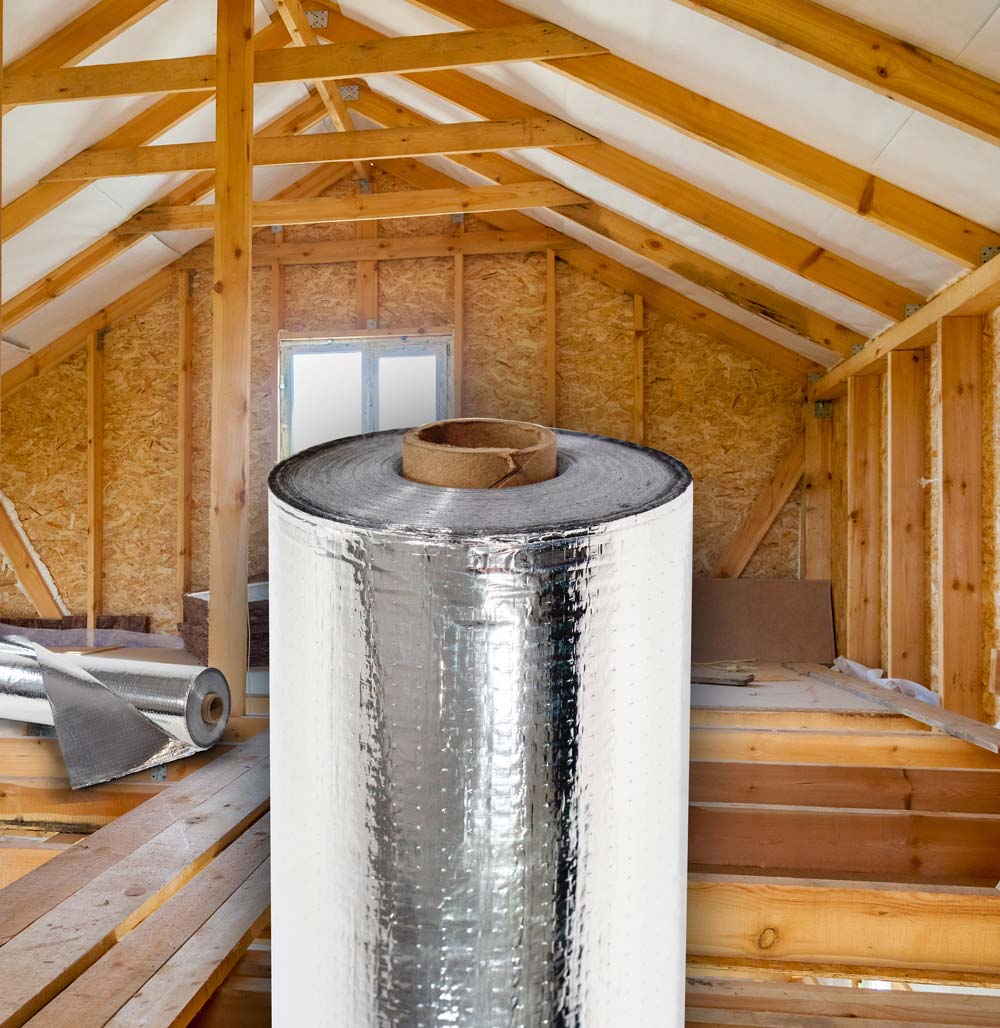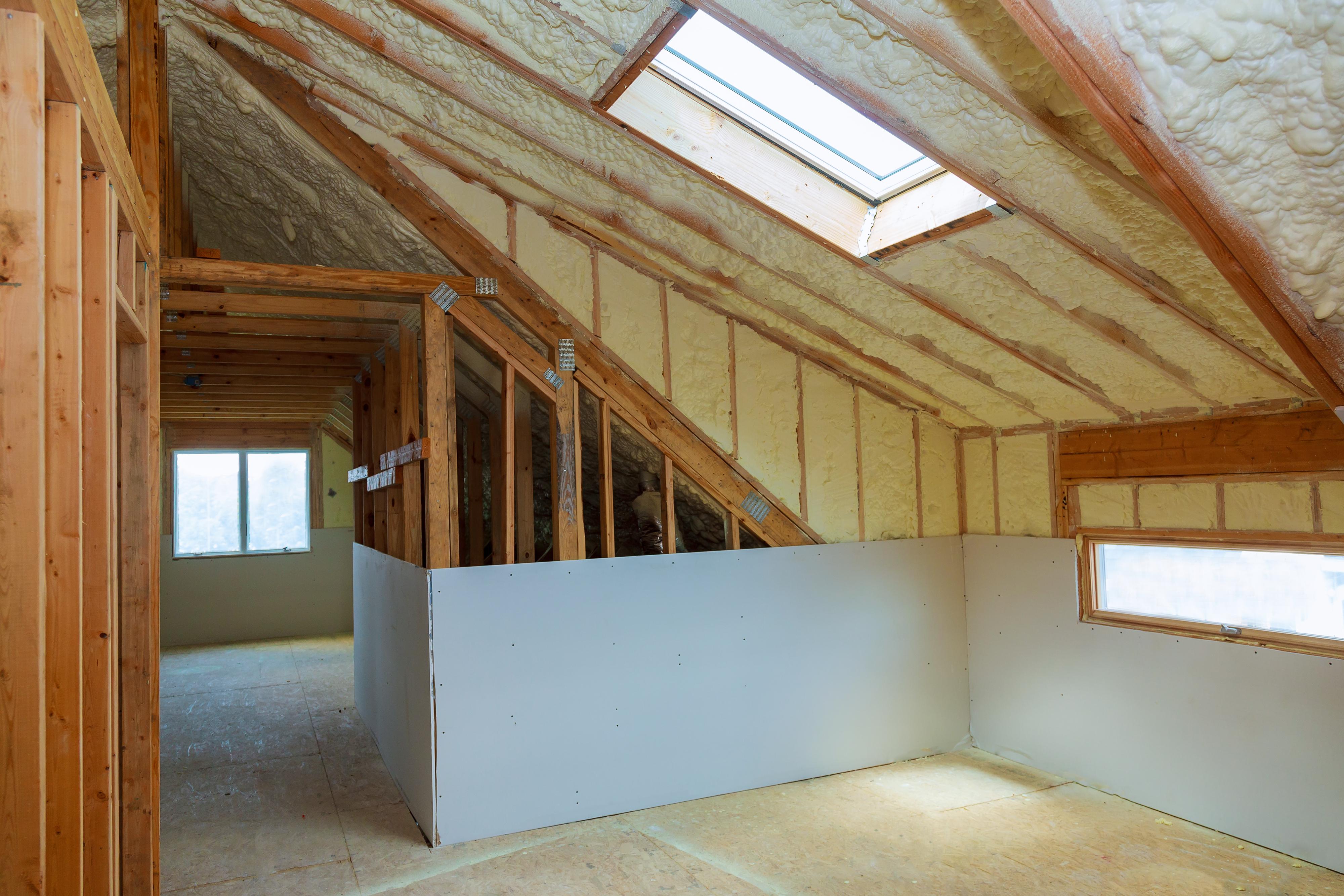Discover the Various Sorts Of Attic Insulation and Their Unique Benefits for Your Home's Energy Effectiveness

Fiberglass Insulation
Fiberglass insulation is among the most generally utilized materials for attic room insulation due to its exceptional thermal performance and cost-effectiveness. Made up of small glass fibers, this material properly traps air, developing a protecting obstacle that aids maintain regular interior temperatures. Its high R-value per inch makes it particularly reliable at withstanding warm transfer, which is essential for energy conservation in homes.
Installation of fiberglass insulation is relatively straightforward, typically readily available in batts or loose-fill forms, accommodating various attic room configurations. In addition, it is non-combustible and immune to wetness, reducing the danger of mold growth. This sturdiness contributes to its durability, making fiberglass a feasible long-lasting investment for home owners.
Additionally, fiberglass insulation is usually produced from recycled materials, which improves its eco-friendliness. The product can also add to soundproofing, decreasing sound transfer between spaces. While it is important to put on safety equipment during setup to stay clear of inflammation from the fibers, the overall advantages of fiberglass insulation, including energy cost savings and ecological factors to consider, make it a preferred choice for enhancing attic room efficiency and promoting a comfy living setting.
Spray Foam Insulation
Spray foam insulation is an extremely effective option for attic insulation, recognized for its premium air sealing and thermal efficiency. This cutting-edge insulation product is made up of a mixture of isocyanate and polyol material, which, when combined, increases swiftly to load gaps and tooth cavities in the attic area. Its capacity to abide by various surface areas makes sure a continual obstacle versus air leaks, considerably decreasing heat loss during cooler months and warmth gain during warmer seasons.
One of the vital benefits of spray foam insulation is its high R-value per inch, which suggests it offers outstanding thermal resistance in a fairly thin application. This is especially beneficial in attics where space is frequently limited. In addition, spray foam can help decrease moisture accumulation, decreasing the danger of mold and mildew and mildew development, which can be damaging to both the structure and indoor air quality.
While the preliminary cost of spray foam insulation may be greater than conventional choices, its long-lasting power financial savings, paired with boosted convenience and boosted home worth, make it a rewarding financial investment for property owners seeking boosted energy effectiveness. Attic Insulation DFW. On the whole, spray foam insulation stands apart as a reliable solution for optimizing attic insulation
Cellulose Insulation

Cellulose insulation is a prominent option for attic insulation, primarily composed of recycled paper products treated with fire resistants. This eco-friendly choice is understood for its exceptional thermal efficiency, properly reducing warmth transfer in both summertime and winter season months. The dense make-up of cellulose allows it to load spaces and voids in attic room spaces, giving a seamless barrier versus air leakages.
Among the considerable advantages of cellulose insulation is find more info its capacity to stand up to mold and mildew and bugs, owing to the fire resistant treatments used throughout production. In addition, it boasts a high R-value per inch, which converts into remarkable energy performance. Homeowners can expect reduced cooling and heating costs as a result of improved insulation.
Installment is generally completed with blowing loose cellulose right into the preferred location, permitting a fast and efficient process. This approach additionally lessens interruption to the existing framework. Cellulose insulation has a reasonably reduced environmental effect, as its manufacturing process uses recycled materials, contributing to lasting structure methods.
Rock Woollen Insulation
Among the numerous options for attic insulation, rock wool, additionally known as mineral wool, stands out because of its excellent thermal and acoustic performance. Made from all-natural or recycled materials, rock wool is created by melting rock and spinning it right into fibers, causing a product that offers excellent insulation residential properties.
One of the substantial advantages of rock wool insulation is its high R-value, which shows its efficiency in withstanding heat circulation. This characteristic not only enhances power performance but additionally contributes to preserving a comfortable interior temperature level year-round. Additionally, rock woollen is inherently fire-resistant, making it a safer option for homes as it can endure heats without melting or launching toxic fumes.
In addition, rock wool insulation excels in soundproofing capabilities, efficiently minimizing noise transmission in between rooms and from outside more resources. In general, rock woollen insulation gives an extensive service for improving power efficiency, security, and comfort in domestic settings.
Radiant Obstacle Insulation
Glowing obstacle insulation acts as a reliable remedy for reducing warmth transfer in attics, particularly in warmer environments. This sort of insulation jobs by showing glowing heat far from living rooms, thus reducing the amount of warmth that goes into a home during hot weather - Attic Insulation DFW. Typically made up of a highly reflective product, such as light weight aluminum foil, glowing barriers are mounted in attic rooms, dealing with the roofing, where they can intercept incoming warmth from the sunlight
The primary advantage of glowing barrier insulation image source is its capability to lower air conditioning expenses. By showing warmth as opposed to absorbing it, radiant barriers can assist keep an extra stable interior temperature, lowering the workload on air conditioning systems. This performance equates into lower power costs and boosted comfort for house owners.
In enhancement to power savings, glowing barriers can likewise contribute to enhanced indoor air top quality. By lowering heat accumulation, they assist minimize moisture levels, which can avoid mold and mildew development and boost overall air flow. When mounted appropriately, radiant obstacle insulation can be a vital addition to any kind of energy-efficient home, making it a worthwhile factor to consider for home owners wanting to improve their attic room insulation method.
Conclusion
In verdict, understanding the various types of attic insulation-- fiberglass, spray foam, cellulose, rock wool, and glowing barriers-- enables homeowners to make informed choices pertaining to energy effectiveness. By picking the ideal insulation material, significant reductions in energy expenses can be achieved, along with enhancements in interior comfort.

In final thought, recognizing the numerous kinds of attic insulation-- fiberglass, spray foam, cellulose, rock woollen, and glowing barriers-- enables house owners to make enlightened choices relating to energy performance.